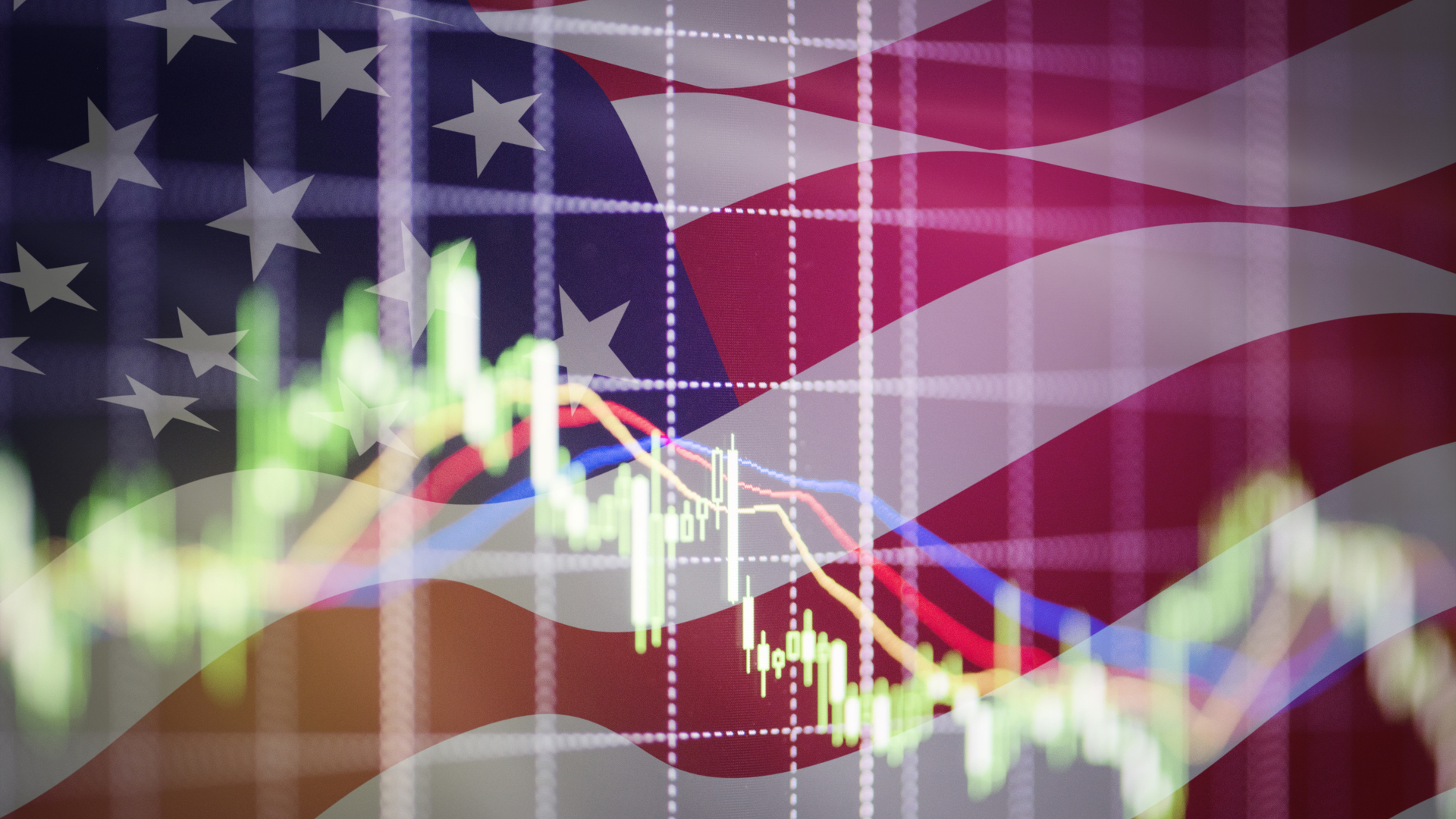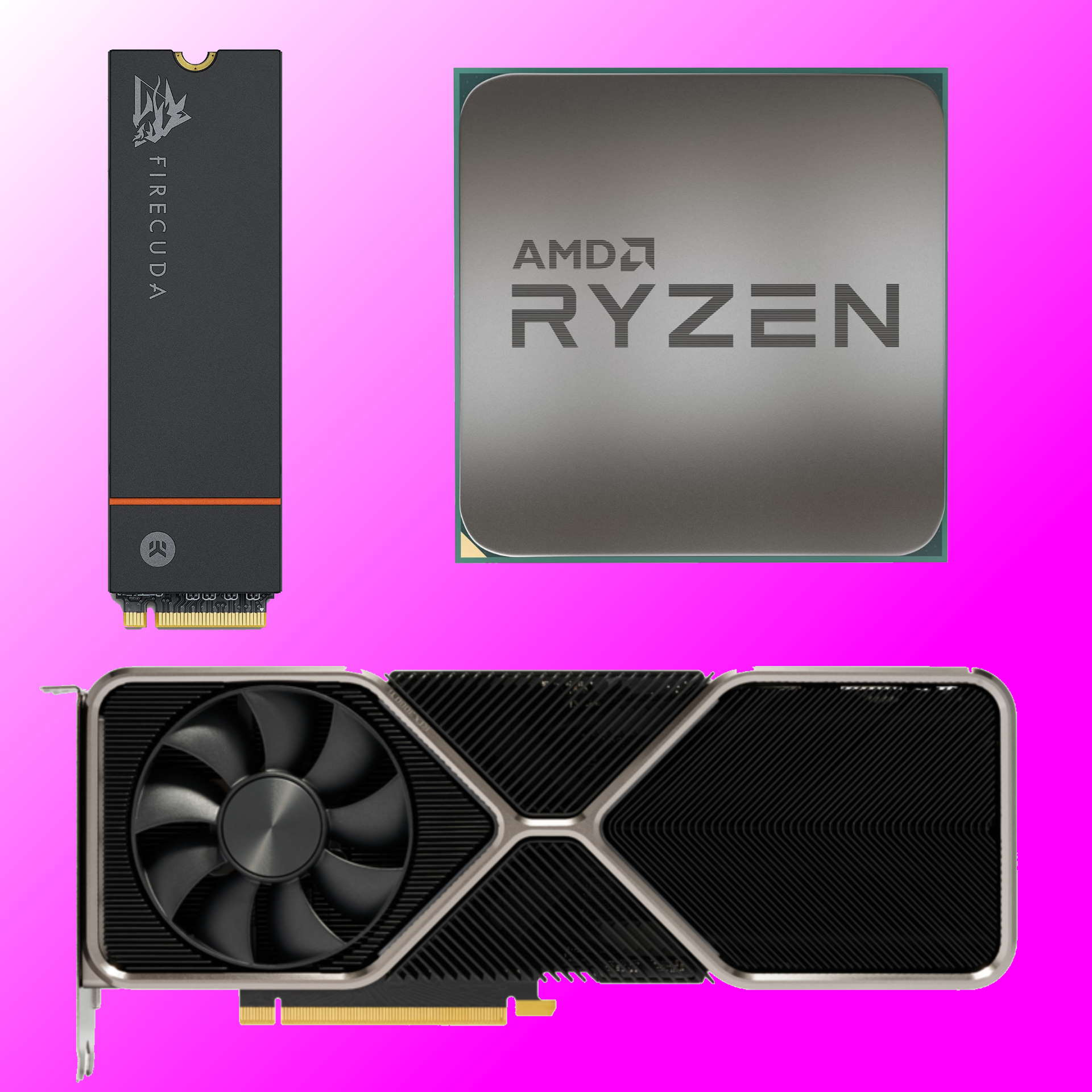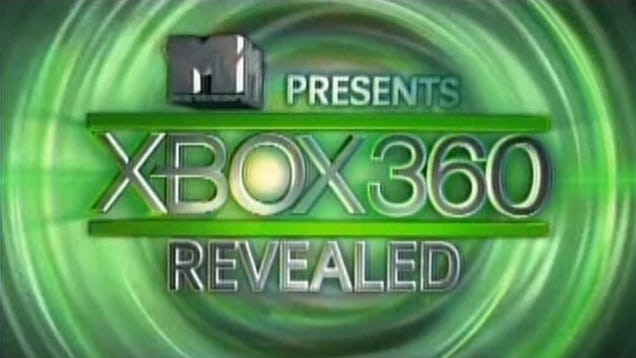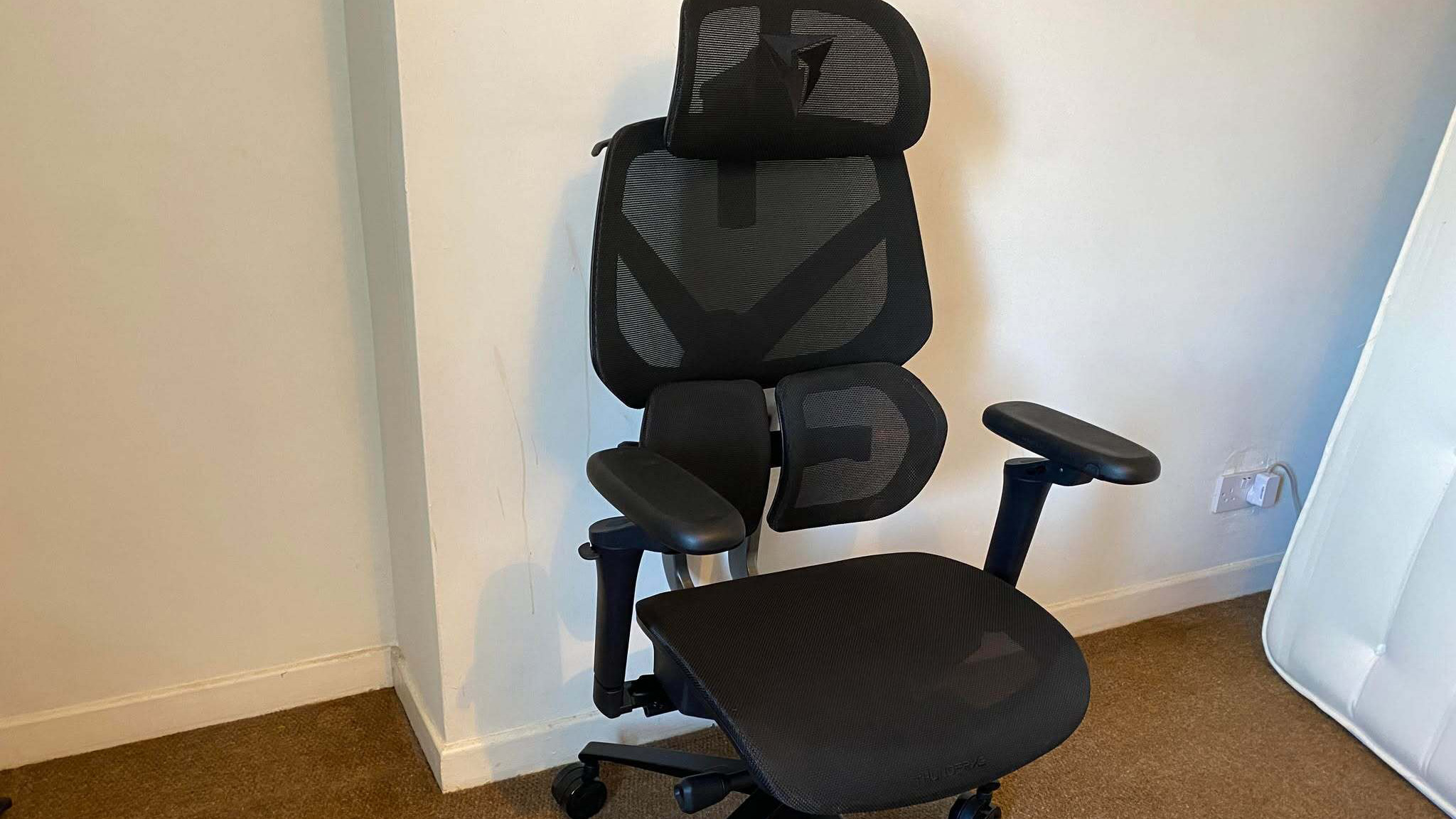
Sector-specific tariffs aren't part of the deal.
After weeks of reciprocal tariffs by the US and China on each other’s exports, a high-level meeting held in Geneva appears to have resulted in the reset button being firmly pressed. For an initial period of 90 days, Chinese imports to the US will incur a 30% tariff, down from 145%, whereas goods going the other direction will receive a 10% tariff (previously 125%). However, these broad reductions aren’t being applied to every item being imported.
Along with a joint statement from the US and China, news of the deal was reported by Reuters, which includes further comments on the meeting by Scott Bessent, the US Treasury Secretary.
“The consensus from both delegations this weekend is neither side wants a decoupling,” Bessent said. “And what had occurred with these very high tariffs…was the equivalent of an embargo, and neither side wants that. We do want trade.”
It’s worth noting, though, that while these big reductions in tariffs will help settle the global market’s nerves, not every import will benefit. Apparently, the deal doesn’t include ‘sector-specific tariffs’ and items such as semiconductors, steel, and medicines will still be treated separately to “continue strategic rebalancing in areas…where [the US] had identified supply chain vulnerabilities,” to quote Reuters.
BBC News reports that the tariff reduction will commence this Wednesday, 14 May, and various stock markets have responded positively to the news.
One might think that 90 days (one and a half months) isn’t very long, but compared to the three-month blitz of tariffs and reciprocal tariffs that the US and China have churned out, it’s a remarkably long period of grace. Of course, there is the question of what happens if either country suddenly changes its mind or whether (ab)normal service will resume once the 90 days are over.
It’s also not clear whether CPU, GPUs, and everything else related to computing will enjoy tariff relief. Bessent’s comments about the semiconductor industry suggest that the current levy of 20% will still apply, as such goods were handled separately to the massive 145% fees, but perhaps that will become clearer over the next few days.
There’s no denying that the Geneva meeting was much-needed, and its outcome is good news for the general consumer. However, vendors and retailers are unlikely to suddenly lower prices or improve stocks, as there’s still too much uncertainty—nervous markets tend not to go down the cheap route to entice buyers.
If you were hoping to see graphics cards, for example, arrive in droves and with sensible price tags, you’ll need to wait a fair while longer for things to settle down. Assuming they will anytime soon.
Best CPU for gaming: Top chips from Intel and AMD.
Best gaming motherboard: The right boards.
Best graphics card: Your perfect pixel-pusher awaits.
Best SSD for gaming: Get into the game first.







